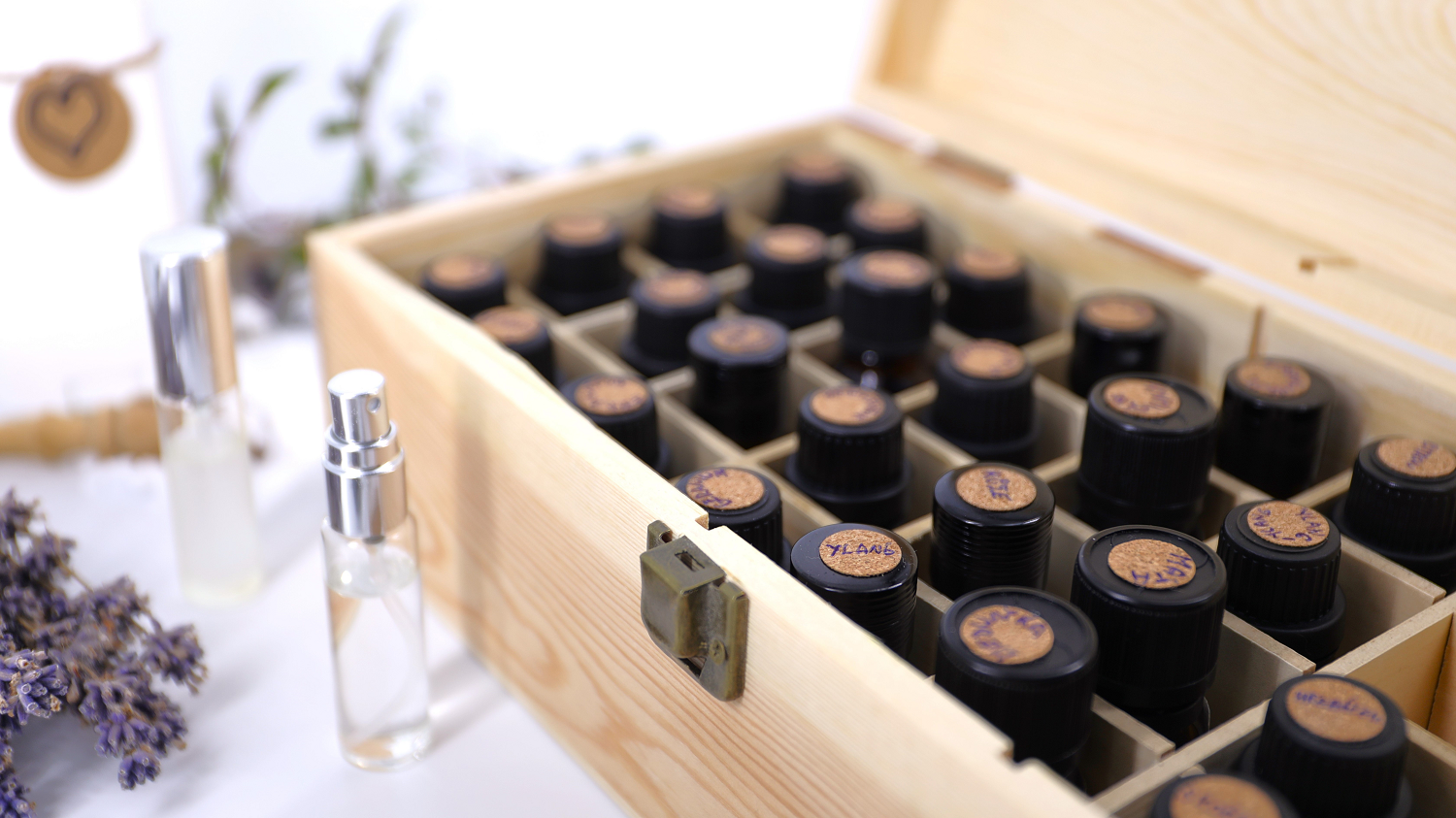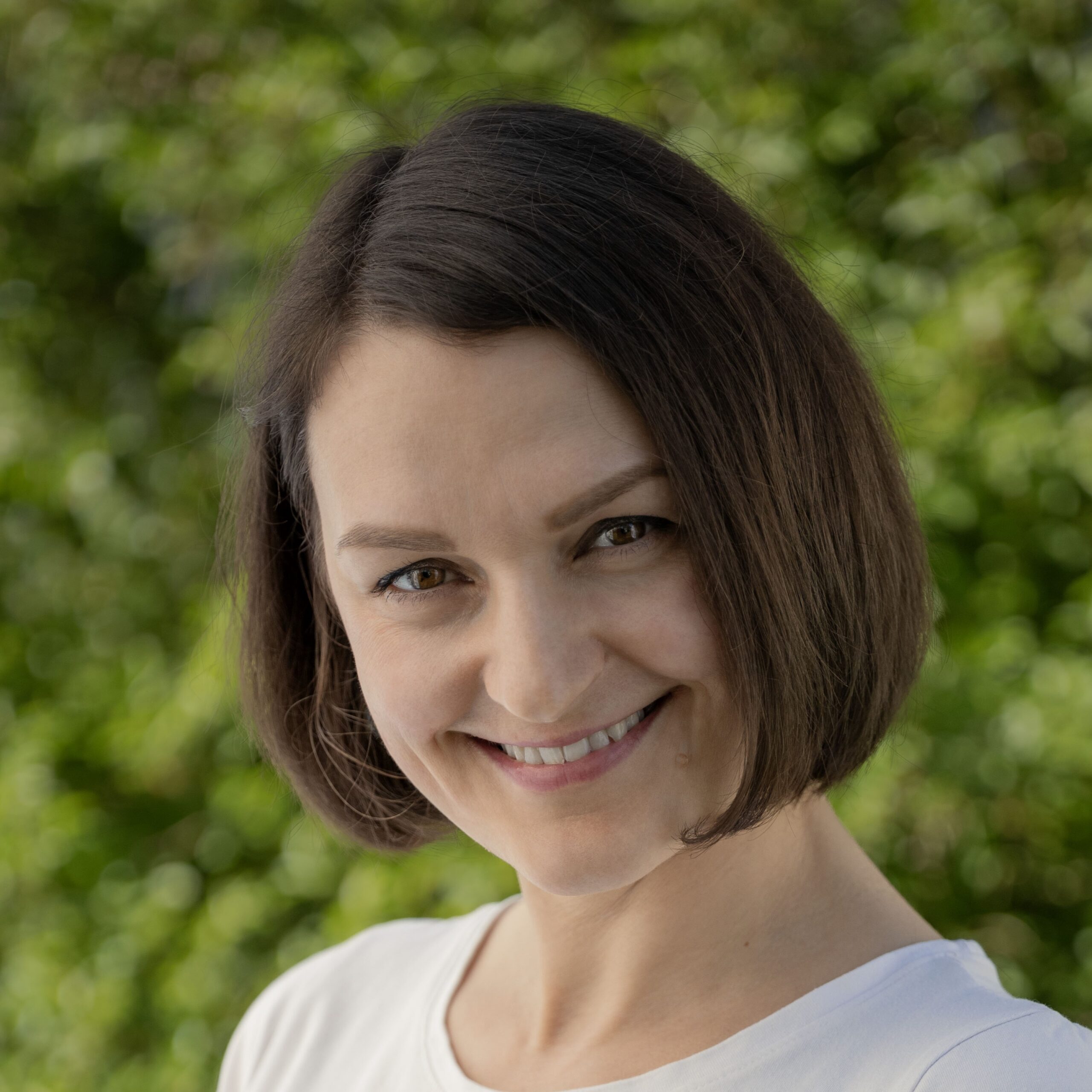Making your own perfume or fragrance infused water can be a bit of a challenge, of course, and you will probably hardly achieve the same result of what you normally find and smell in drugstores. However, that doesn’t mean you can’t create a scent to your liking. Ultimately, you only need 2 ingredients, but if you want to splurge a bit, that’s also an option. So why make your perfume at home? Apart from the fact that a homemade perfume costs about 0.5-1.5 EUR, it’s more about what it contains. Conventional perfumes don’t have a complete list of ingredients, and since the law allows you not to tell the ingredients of the perfume, then this can be a problem for you and the environment. For instance, a study was done testing perfumes from 47 well-known brands, and they all contained phthalates [1], some of which are already known to be endocrine disruptors (substances that interfere with the proper functioning of hormones in the body).
Even workers in drugstores, perfumeries and clothing stores should be wary of these substances, which are released into the air. Unfortunately, in urine testing of retailers, it has been found that about 70% of workers in these stores have exceeded phthalate levels after their shift, leading to possible future health risks (infertility, diabetes, cancer, developmental defects in children, etc.) [2].
Fragrance ingredients (perfumes) can be found practically everywhere. In shampoos, detergents, cleaning products, fabric softeners, deodorants, moisturizers, scented candles, etc. So the question is whether we are already over-stimulated with all the scents. In the case of children, for example, caution is in order. For babies, it is your scent that is important, not the scent of perfume or fabric softener. On top of that, as I mentioned before, these products often contain toxic and irritating substances. Such “over-scenting” essentially suppresses what we should smell.

What even is perfume, anyway?
- Perfume is the strongest fragrance with a fragrance percentage of 20-40%, which lasts about 6-8 hours.
- Eau de Parfum (EDP) contains 15-20% fragrance, lasts about 4-5 hours.
- Eau de Toilette (EDT) with 5-15% fragrance, the fragrance lasts about 2-3 hours.
- Eau de Cologne (EDC) contains 2-4% fragrance, stops being fragrant within 2 hours.
- Eau de Solide / Sport (EDS) contains 1-3% fragrance, stops being fragrant within 2 hours [3].
What you need:
- Essential oil/oils – the fragrance of your choice
- Distilled water (or just filtered water)
- Ethanol (alcohol) – you can do without it. If you don’t want to buy cosmetic alcohol, you can also use pure vodka or other colourless alcohol 🙂.
- A glass container with a sprayer – start with a 5-10 ml bottle, later, when you get the scent down, use a bigger one (e.g. an empty old perfume bottle, hair lotion bottle, and such)
Which essential oil (EO) to choose?
That’s a tough question, ideally one from controlled agriculture and not from the other side of the world. Don’t be fooled into thinking that EOs are a super harmless substances. It does matter on your sensitivity and the type of EO, but it can cause an allergic reaction or have a negative impact on the environment. If you’re not familiar with this information, then it mostly depends on what smells nice to you and what you feel comfortable with.

Here is an example of an EO:
Fresh: orange, lemon, grapefruit or e.g. bergamot oil
Floral: lavender, rose, jasmine, violet or my favourite peony oil
Woody and spicy notes: cedarwood, sandalwood, cinnamon oil
Refreshing herbs: mint, rosemary, sage, or my favourite oregano or marjoram oil
A little exotic: patchouli, vanilla, ylang-ylang oil
GS tip: You can mix the scents too, but beware, sometimes the scents don’t go well together, or sometimes the scents seem to go too well together, but then the perfume wears off and it’s not as harmonious (but perhaps it will work against mosquitoes 🙂). I recommend trying the perfumes in small volumes, maybe 5 ml to 10 ml. You can buy a small glass bottle with a metal top which can be used over and over again and costs a few crowns. It can be bought in cosmetic stores/online shops. Simply look up for example: glass perfume container (sure, you can find a container for 10 EUR, but also for 1 EUR).
Instructions:
- Take the glass container with sprayer and fill it with distilled water (if you use alcohol, then only about halfway). You can also use filtered water, although distilled water is the best as it contains no impurities that could affect the smell and may extend the life of the bottle. We are making a small amount, but still.
- Add a few drops of essential oil to the water (about 10-20 drops total in a 5-10 ml bottle). The amount of the oil depends on how strong you want the scent. Start with a few drops and gradually add more until you reach the desired scent. Feel free to spritz a bit into the air or maybe on the sleeve of your shirt, wait a moment and see if that’s the scent you’re looking for. Close the container and shake well to dissolve the essential oil evenly in the water (and alcohol).
- If your eau de parfum smells good, let the perfume sit for a few hours to allow the scent to blend sufficiently. The longer you let the perfume rest, the stronger the scent will be. After the rest (yours and the perfume’s) you can use the perfume 👏.
GS tip: Don’t spray perfume, whether homemade or bought, on your skin. Right, this is shown as the correct way in every commercial, but as I already mentioned, the purchased perfume may contain anything, and the home-made one may contain some irritating essences. Sure, inhaling (breathing in) some substances is worse than applying it to your skin, but still. Why not at least avoid what you can 🙂.


0 Comments